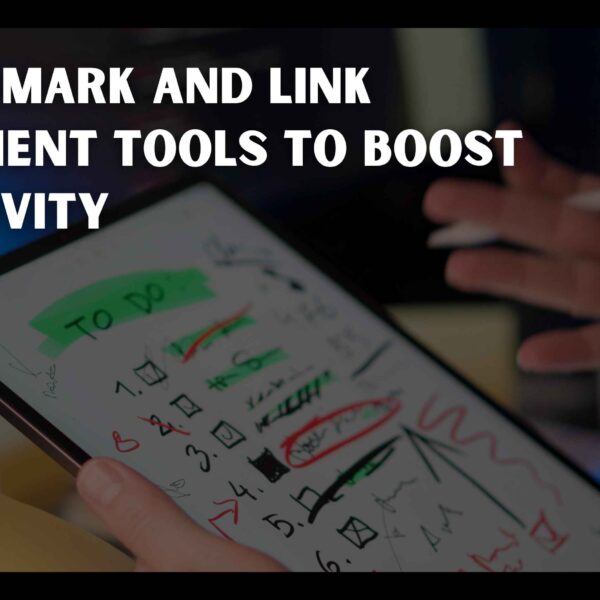Despite the rise of social media and other digital platforms, a strategically composed cold email remains invaluable for engaging with potential clients.
The foundation of a successful cold email campaign lies in meticulous research and understanding your target audience. Here are some key steps to ensure your targeting is precise and effective, followed by cold email best practices.
Define Your Ideal Client Profile
Developing a detailed profile of your ideal customer is essential. This profile should include:
- Demographics: Consider age, gender, location, and income level. Understanding these elements can help tailor your messaging to resonate with specific groups.
- Job Titles: Identify the roles within companies most likely to benefit from your product or service. Depending on your offering, these could range from entry-level to executive roles.
- Industries: Target specific sectors that align with your product’s capabilities. For instance, if you’re offering a SaaS solution for financial management, focusing on the finance sector is logical.
- Challenges and Pain Points: Recognize the common problems or inefficiencies your target audience faces. Knowing these can help you position your product as the solution they need.
- Behavioral Traits: Understand their buying behaviors, preferences, and motivations. This can be gathered from past interactions, surveys, or market research.
Data Collection
Collecting accurate and comprehensive data about your prospects is crucial. Utilize various platforms and tools to gather this information:
- LinkedIn Sales Navigator: This tool allows you to search for leads and accounts based on specific criteria, such as industry, company size, and job title. It also provides insights into prospect activity and engagement.
- ZoomInfo: A robust database that provides detailed information about companies and their employees. It includes contact information, company data, and even predictive insights.
- Industry-Specific Databases: Depending on your target market, databases may be specific to that industry. These can offer in-depth data that is not available on general platforms.
- Website and Social Media Analytics: Analyze the data from your website visitors and social media followers. Tools like Google Analytics and social media insights can reveal valuable information about who is engaging with your content.
- Surveys and Feedback: Directly ask your existing customers and prospects about their needs and challenges. This can provide precious firsthand insights.
Segmentation
Segmenting your email lists based on relevant criteria allows for more personalized and effective messaging. Consider the following approaches:
- Industry-Based Segmentation: Group prospects by their industry to tailor messages that speak directly to industry-specific challenges and solutions.
- Company Size: Differentiate your approach for small businesses versus large enterprises. Each segment may have different needs and decision-making processes.
- Previous Interactions: Segment your list based on how prospects have interacted with your brand. For example, those who have downloaded a whitepaper might receive a different message than those who have attended a webinar.
- Geographic Location: Tailor your messages to reflect local trends, regulations, or cultural nuances. This is especially important for global campaigns.
- Engagement Level: Identify and segment based on engagement metrics such as open rates, click-through rates, and response history. Highly engaged prospects are ready for a more direct sales pitch, while less engaged ones need more nurturing.
Crafting Your Email: Structure & Content
A well-structured email increases the likelihood of capturing your recipient’s attention and eliciting a response.
Subject Line
The headline is your first opportunity to make an impression. It should be:
- Attention-grabbing: Create intrigue and urgency or promise a clear benefit. Examples include “Discover How to Boost Your Leads by 50%” or “Quick Insight Into Your Sales Strategy.”
- Personalized: Incorporate the recipient’s name or company to create relevance. Personalized subject lines have higher open rates.
- Concise: Ensure it is brief, ideally under 50 characters, to display well on all devices and email clients. Brevity can also create curiosity and compel the recipient to open the email.
Opening Line
Your initial sentence should immediately engage the reader and establish a connection. Avoid generic openings like “I hope this email finds you well.” Instead, opt for:
- Personalization: Reference a recent achievement or a common connection. Example: “Congratulations on your recent product launch; it’s generating much buzz in the industry!”
- Relevance: Address a specific challenge or goal pertinent to the recipient. Example: “I noticed your team is expanding rapidly; managing that growth can be challenging.”
- Hook: Use a question or an intriguing statement to pique their interest. Example: “Are you struggling with managing your growing team’s productivity?”
Main Message
The body of your email should be clear, concise, and focused on delivering value. Include:
- Value Proposition: Clearly articulate what you’re offering and how it benefits the recipient. Example: “Our solution can help your team save 20 hours per week on administrative tasks.” Focus on the direct benefits and outcomes.
- Credibility: To build trust, include testimonials, case studies, or notable clients.
- Action Step: Conclude with a clear and compelling action step. Examples: “Book a demo” or “Download our exclusive guide.” Make it easy for them to take the next step with a direct link or button.
Closing
End your email with a professional and courteous closing. Reinforce the value and express your readiness to assist.
- Professional Sign-Off: Use a professional yet friendly tone.
- Contact Information: Include your contact details to make reaching you easy for the recipient.
- Company Information: To provide additional context and credibility, briefly mention your company, including its name and website link.
Example:
“Looking forward to discussing how we can support your objectives.
Best regards,
[Your Name].”
Additional Strategies and Considerations
Here are additional strategies to optimize your cold email campaigns:
Experimentation
Testing different elements of your emails can significantly enhance their effectiveness:
- A/B Testing: Experiment with different subject lines and email content to identify what resonates best with your audience.
- Timing and Frequency: Test sending emails at different times and days of the week to find the optimal time for your audience. Also, experiment with the frequency of follow-up emails.
- Content Variations: Try different formats and content styles, such as short and punchy versus detailed and informative, to see what engages your audience more effectively.
Persistence
Don’t give up after one email. Plan a series of follow-up emails to remind and re-engage prospects:
- Follow-Up Sequence: Develop a follow-up schedule that includes multiple touchpoints. Each follow-up should offer additional value or address a different aspect of your offering.
- Timing of Follow-Ups: Space out your follow-ups appropriately. Too frequent can be off-putting and land you in the spam box; too sparse can lead to ghosting. Keep at least a 3-4 days gap between each email.
- Content of Follow-Ups: Ensure each follow-up email provides new information or value. Avoid simply repeating the same message.
Compliance
Ensure your emails adhere to regulations.
- Opt-out Option: Always include an opt-out option in your emails and honor unsubscribe requests promptly, as it is not only a legal requirement but also for maintaining a positive brand image.
- Data Privacy: Be transparent and include a link to your privacy policy.
- Respectful Tone: Aggressive or pushy language can damage your reputation and lead to complaints.
Automation Tools
Use email automation tools to streamline and monitor your campaigns effectively. A versatile cold email tool that allows you to create and automate email sequences, track performance, and optimize campaigns. You can also an AI-powered platform that helps automate your outreach and personalise your email.
Use these tools to gain insights into open, click-through, and response rates. Analyze this data to refine and improve your email strategies continually.
Many of these tools offer advanced personalization features, allowing you to tailor each email to the individual recipient automatically.
Conclusion
Crafting effective cold emails requires a blend of creativity and strategic thinking. You can significantly enhance your outreach efforts by accurately targeting your audience, personalizing your messages, and continuously refining your approach.




